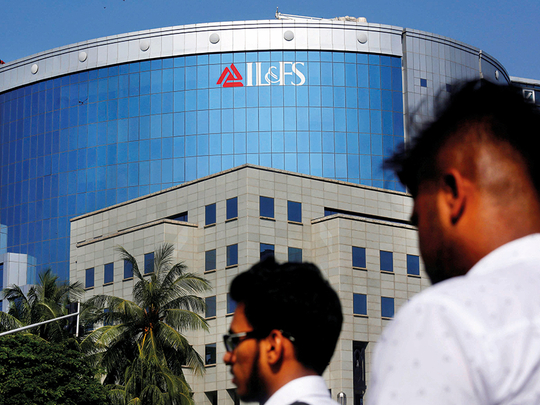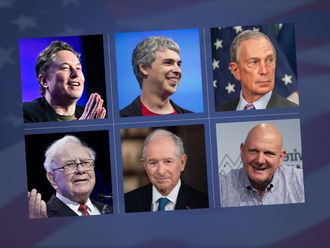
Mumbai: India’s economy lost its sheen this year. As it stumbles through a deep slowdown and a credit crisis, the country has gone from being hailed as a colossus-in-waiting to placing among the also-rans.
Rarely has a major economy had such a humbling turn in fortunes. In the third quarter, gross domestic product rose 4.5% from a year earlier, about half the pace notched in the first part of 2018. Consumer confidence has tumbled to the lowest level since 2014. The labor market, a vital indicator in a country with a population of 1.4 billion, is fragile: The jobless rate has climbed to a 45-year high of 6.1%.
Just last year, India was the world’s fastest growing major economy. The past decade has been replete with predictions it would take up an increasing share of global commerce, alongside China and America. But the Philippines and Indonesia grew quicker than India last quarter and Malaysia was just a hair behind. China, grappling with its own slowdown, logged a respectable 6% and Vietnam was way ahead at 7.3%.
Much of this comes down to the country’s broken financial system. Indian banks struggle with a load of bad loans that’s among the biggest in the world. Overextended traditional lenders gave way to shadow banks. They, too, ran into walls. One of the most prominent, Infrastructure Leasing & Financial Services Ltd., defaulted last year, setting off a liquidity crisis. While the government took control of the company in an effort to contain the damage, their work was just beginning: Last month, the central bank removed the management of Dewan Housing Finance Corp., a big player in mortgages, and sent it to bankruptcy court. Lenders have pulled in their reins across the board.
Alarmingly for the Reserve Bank of India, these clogs in the financial pipes mean five interest-rate cuts this year haven’t packed much punch. Despite early and aggressive action to lower rates, all the benefits of looser monetary policy aren’t flowing through to the real economy. In difficult times, central bankers usually keep a firm and credible hand on the rudder. But the RBI has surprised investors a few times this year. An unusual 35 basis-point cut in August, rather than the quarter percentage point economists anticipated, looked frivolous rather than clever. A reduction this month seemed like a sure thing until officials balked. That was a shocking mistake.
Then there’s the issue of unreliable statistics. An academic paper by a former aide to Prime Minister Narendra Modi reckons growth over the past few years was actually a lot closer to the third quarter’s 4.5% figure. Repairing data during a slump is tough because even incremental progress will be overshadowed by unflattering year-ago comparisons.
India’s defenders bristle when it’s set beside China: Here’s a democracy with a robust federal system and an independent judiciary, they argue. That makes impossible the kind of sweeping change that Deng Xiaoping forced on China, which transformed the mainland into an export and manufacturing powerhouse. Fair enough; during good times, however, Indian leaders said little to rebut the comparison.
This slump doesn’t have to be the end of India’s run. As wrenching as the Asian financial crisis was for the “tiger economies” of Indonesia, Thailand, Malaysia and South Korea, they emerged stronger after painful recessions. Officials bolstered reserves, constrained foreign-currency borrowing and scrutinized debt levels while central banks became more independent. While growth is lower in the aftermath, it’s also more sustainable.
India will always be more important to the world economy than the Philippines or Malaysia. Even if activity slows to a snail’s pace for a while, its sheer size makes its contribution to global growth far more valuable. As soon as next year, India’s monetary and fiscal stimulus will begin to kick in. The economy will likely grow about 5% this year and pick up to 6% in 2020, says Shilan Shah of Capital Economics.
India may yet reclaim its mantle as the next big thing, albeit a toned-down and more durable version. The country and the world could be well-served by this brush with reality.










